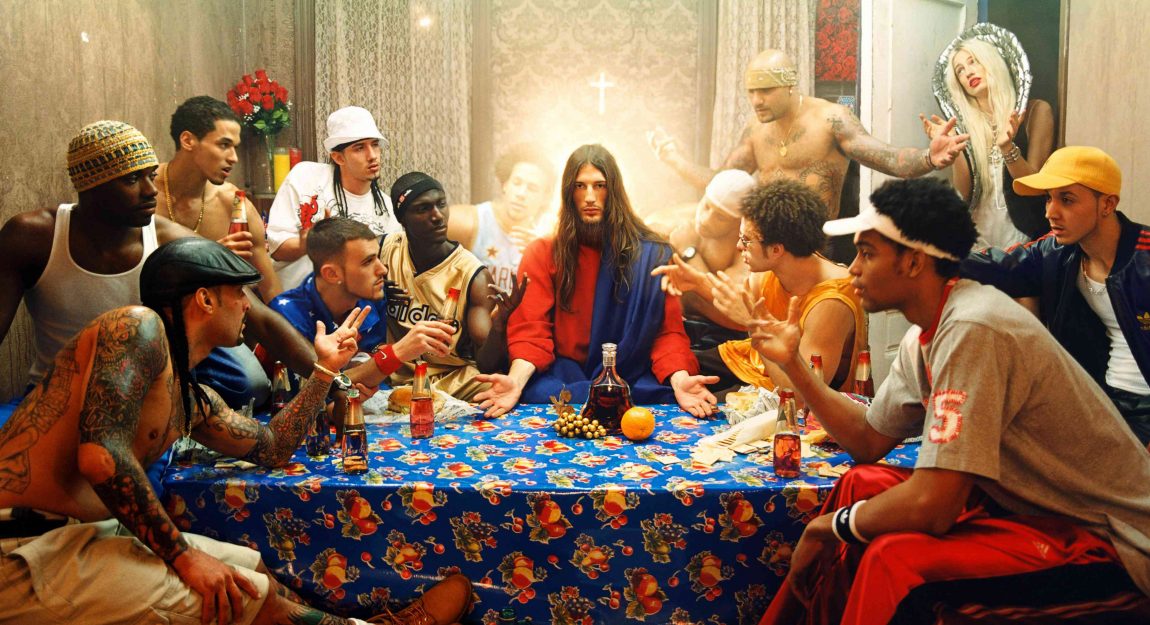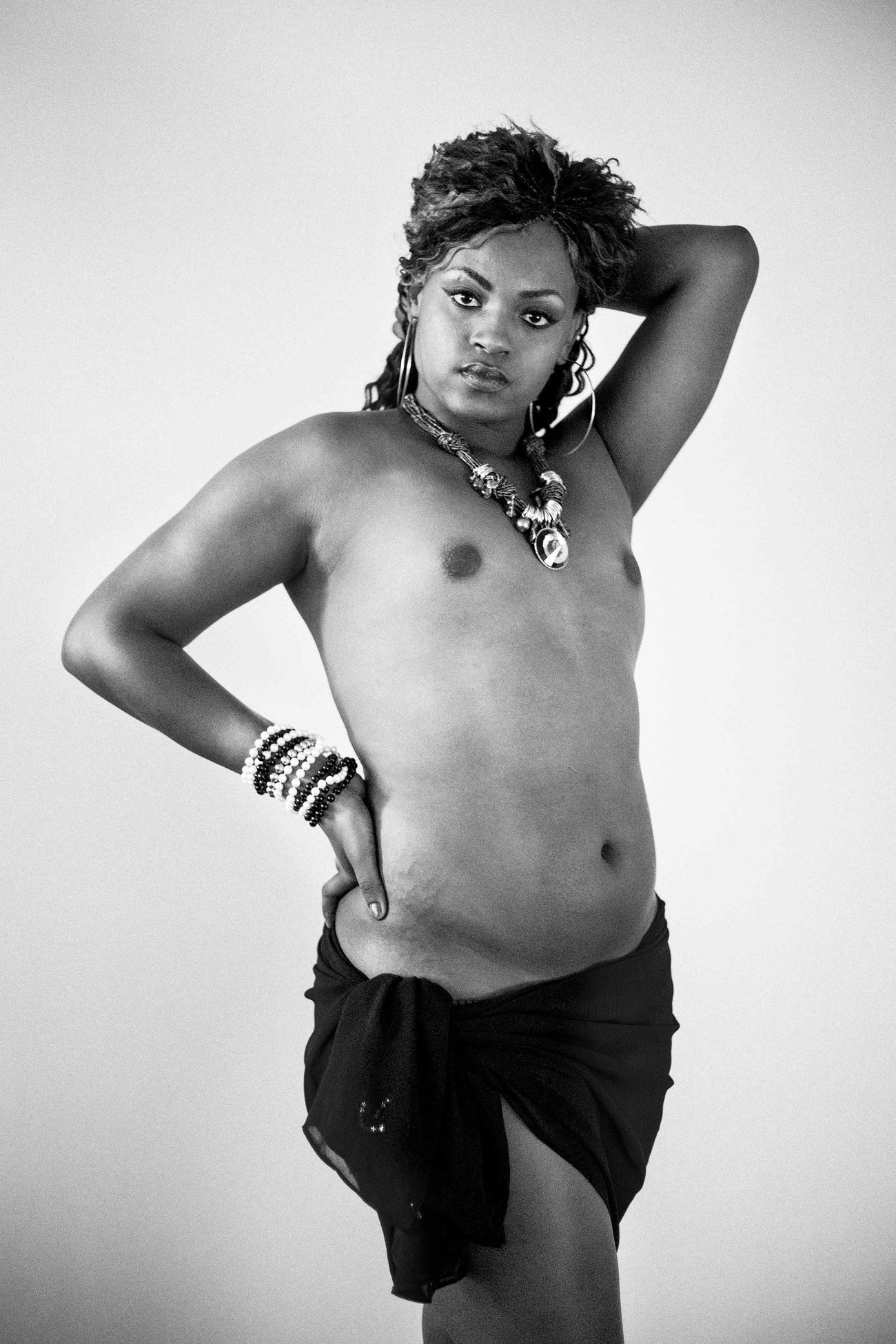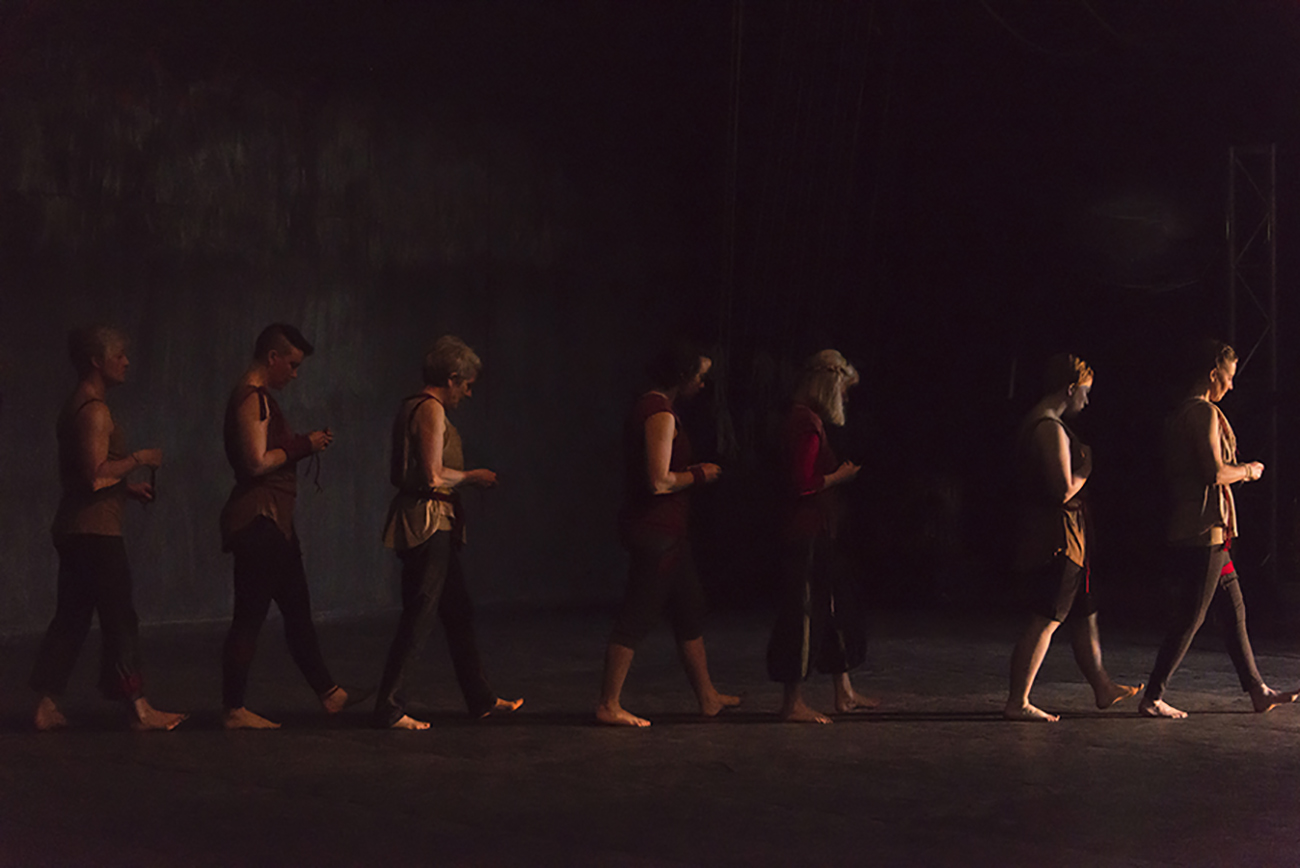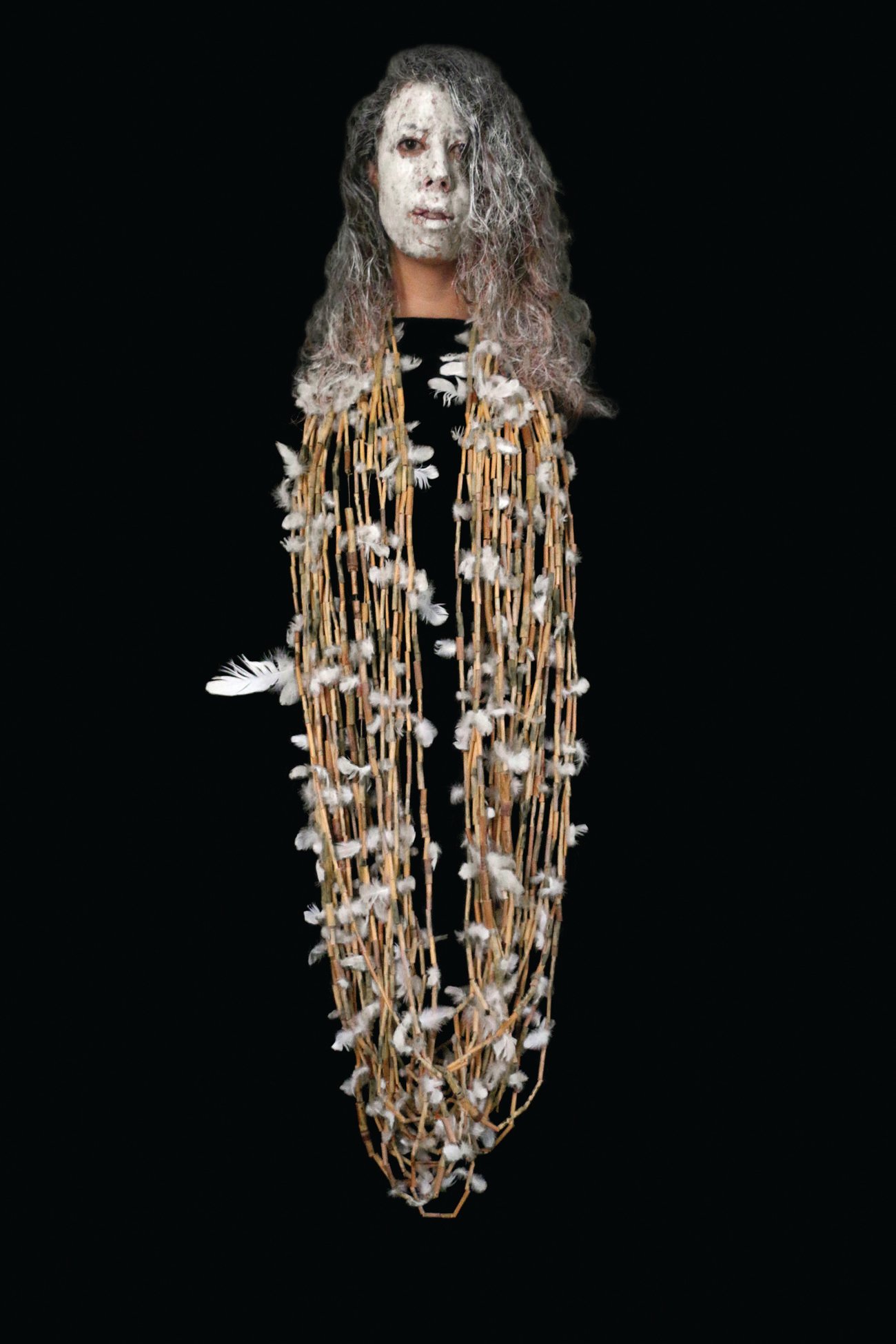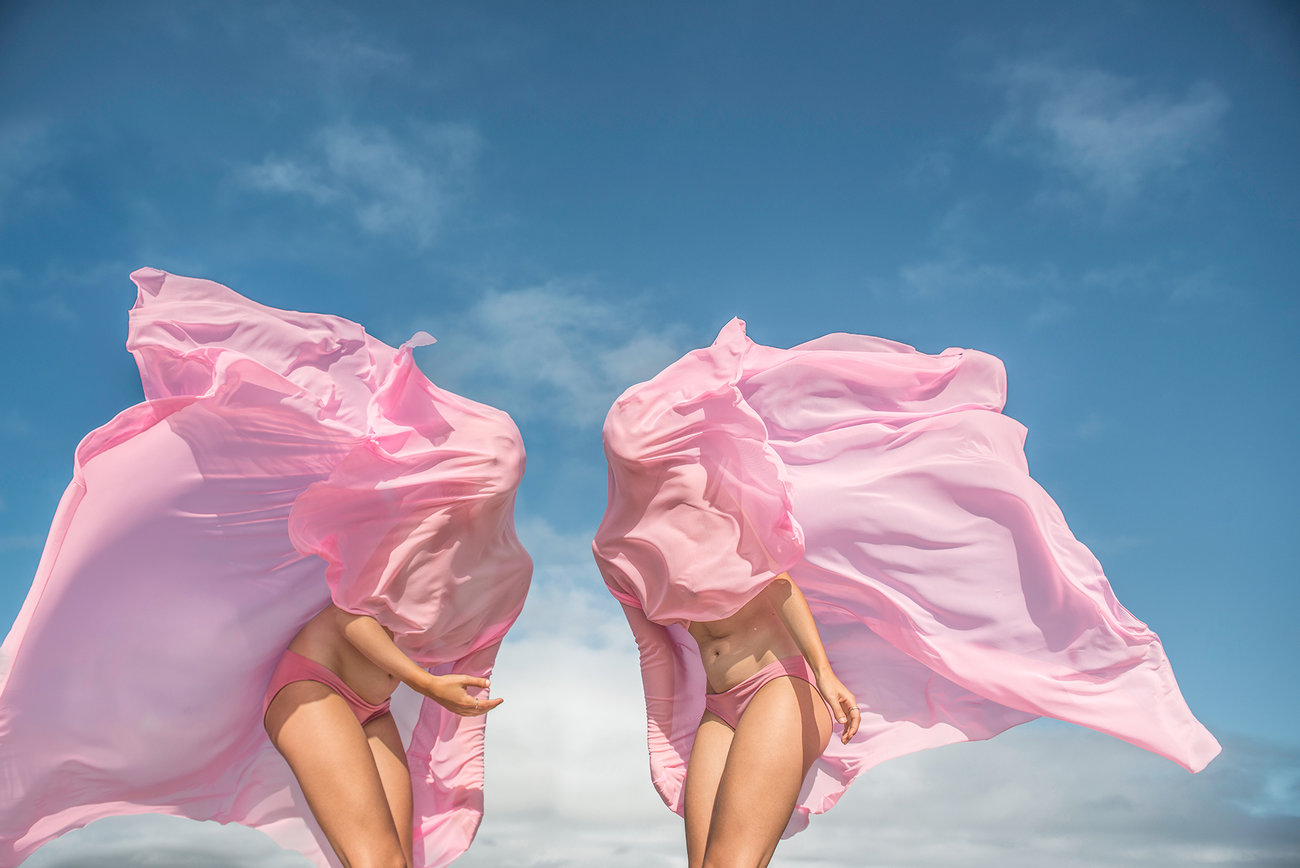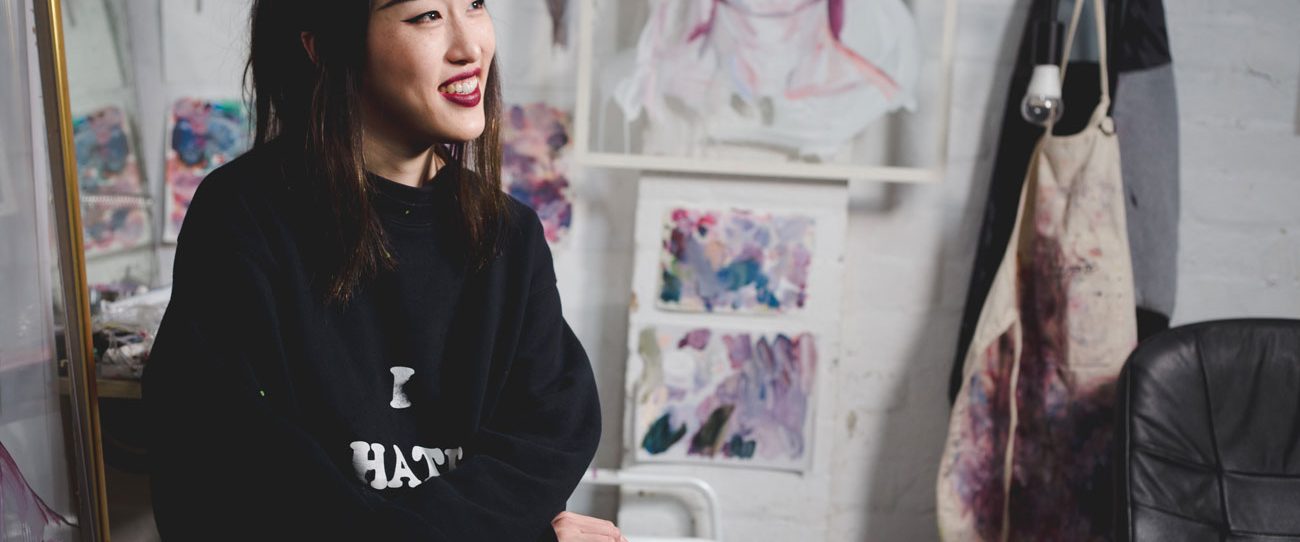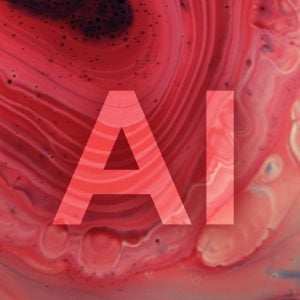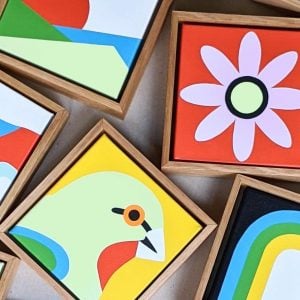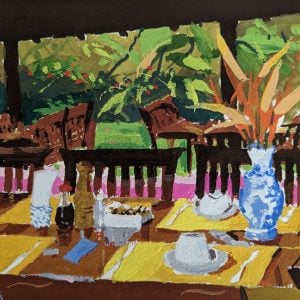Bluethumb visits the 7th Ballarat Foto Biennale
This August saw the Ballarat Foto Biennale, one of only two photography festivals in Australia, unfold in Ballarat, Victoria. The biennale, now in it’s 7th iteration, is a showcase of emerging and established artists and was this year led by new director, Fiona Sweet, for the first time.
Given the new identity and vision that Sweet lends to the festival, Performance of Identity seems a fitting theme for the 7th year of the festival and the most ambitious one yet. Sweet has extended the festival’s subject matter from the traditional category of ‘photography’ to the more open category of ‘photo-media’, thus including artists who work with photography but are not exclusively photographers. Sweet has also introduced a curatorial programme; four of the exhibitions were heavily curated in order to engage with a broader audience.
Performance of Identity is a theme that’s about identity, people, and the places they come from. When asked if there were any social issues that she was trying to bring to light, Sweet said the festival highlighted many issues, from Iranian artist Shadi Ghadirian’s examination of the role of women in society to emerging curator Aaron Bradbrook’s exhibition Rearranging Boundaries, which showcased five documentary photographers from around the world. Even David LaChapelle’s work, which involves celebrities and is bright and colourful, also addresses some strong subject matter – namely, the destruction of the environment and the world.
The festival presents the work of over 150 artists and runs for 31 days in total, with two major exhibitions included in the core program of eight curated exhibitions. The exhibitions are staged in heritage buildings as well as a Fringe programme of exhibitions in over 80 city-wide venues: cafes, galleries, stores, project spaces, and artistic interventions in public spaces.
Some photography festivals can be somewhat of a hit-or-miss affair, but the Ballarat Foto Biennale manages to present itself on a similar level to the the big, heavily funded festivals worldwide and has, impressively, done so with a skeletal crew. As a means to promote Australian photography both here and abroad, this is a feat that should be applauded as a fantastic boost to Australia’s photography scene.
The centrepiece of the festival is a stunning exhibition by the iconic American photographer David LaChappelle, who has never before exhibited in Australia. The exhibition was held in the city’s main museum, the Art Gallary of Ballarat, and it presented 90 large scale works from 2005, all selected by LaChappelle. According to Sweet, LaChappelle was always her first choice for the headliner. Bringing the exhibition to Australia took eight months of negotiating and 2 months to ship from South America where it was previously touring.

American Jesus, Hold me, carry me by David LaChapelle.
Another core exhibition that contrasts nicely to LaChappelle’s boldly glamorous work is the exhibition Tell. Tell is an exhibition of 17 Indigenous artists, from emerging to established.
Highlights of this section include the work of Damien Shen and James Tylor. Damien Shen’s work Still Life After Penn is a complex interrogation of many things: it seeks “to begin dialogues about what is right and what is wrong, about the living and the dead, and the spaces in between, while simultaneously interrogating the practices of museums historically and in the here and now.” As referenced in the title, Shen was inspired by the work of the American photographer Irving Penn, both in terms of Penn’s composition and his range of contrast, which he achieved through the use of tintype photography.
James Tylor is another artist who often uses archival materials in his work, such as in his collaborative work with non-Indigenous Australian artist Laura Wills, The Forgotten Wars. In this work, Tylor alludes to the Australian frontier wars by presenting a series of photographs of the Australian rural landscape. Laura Wills has overlayed the photographs with drawings influenced by colonial war, survey, town and mining maps from the British Parliamentary papers and Commissioners reports on the colonisation of Australia. One could also interpret the collaboration between an Indigenous artist and a Non-Indigenous artist as an active form of decolonisation, as the two come together to recollect the violence of the frontier wars in mainstream Australian society.
Also in the core programme is the fashion exhibition Reverie Revelry, curated by the Centre for Contemporary Photography’s Michelle Mountain, and Self/Selfie, curated by director of the festival, Fiona Sweet. In Reverie and Revelry, Mountain looks at photography as a dream that represents a coinciding truth and fallacy through the lens of fashion. The exhibition features work by Bruno Benini, Robyn Beeche, Noé Sendas, Prue Stent and Honey Long, Nancy de Holl and Matthew Linde of the Centre for Style. It invites viewers to lose themselves in the revelry and the reverie, meeting in the place where art and unreality collide.
In Self/Selfie, a selection of artists’ self portraits have been brought together to highlight the act of representing oneself in art – that same act that has taken over technology and social media and allows everyone to be an artist. Sweet impressively managed to curate the show alongside producing the entire festival. She was not sure until about three months prior to the festival if it would need to be held in a fringe space, yet ultimately she decided that the theme was too important to not be fully explored. In that short amount of time, Sweet pulled together an exhibition which included an early Cindy Sherman, Anne Zahalka, and Bruce Keller, just to name a few.
The core exhibition programme is accompanied by an interactive programme of events that encourage the active participation of the general public and photographic practitioners of all levels. Specifically, the events include workshops, seminars, audio‐visual projections, master‐classes, artist floor‐talks, portfolio reviews, an education program and photographic competitions and prizes.
One of the most popular events this year was the portfolio reviews. The reviews took place on the opening weekend and saw two prominent curators fly in from overseas, Karen McQuaid from The Photographers’ Gallery in London and Bonnie Rubenstein, Director of the Scotiabank Festival in Canada, as well a new leader in Australia’s photography scene and Director of the Australian Centre for Photography, Cherie McNair.
When asked if photography is becoming a more accessible medium for people all around Australia, Fiona responded that: “For many years photography was always a poor cousin to all the art forms because of its reproductive nature and the shift globally is moving to a stronger focus on photography. Australia needs to catch up a bit. The plan for the festival was to highlight the importance of photography in the arts world to arts audiences. Selling photography has always been difficult, but we need to champion the artist and show people that they are not just buying something nice to put on their wall, but that the artist has carefully crafted that work.”

